Corrective Exercise Strategies for Long-Term Spine Health
October 30, 2025
10 min

The Foundation of a Healthy Spine
Maintaining the spine's health is vital for overall well-being, mobility, and quality of life. Chronic back pain, reduced flexibility, and poor posture are common issues resulting from muscle imbalances, sedentary lifestyles, and aging. Corrective exercises offer targeted solutions to these challenges by improving spinal alignment, core stability, and muscular balance. This article explores strategies to enhance long-term spine health through comprehensive corrective exercise methods integrated with lifestyle adaptations and expert guidance.
Understanding Muscle Imbalances and Postural Challenges

How do muscle imbalances affect spinal alignment and health?
Muscle imbalances occur when certain muscles, like the hip flexors, become overly tight while opposing muscles, such as the abdominal muscles, grow weak. This uneven tension pulls the spine away from its natural alignment.
This misalignment can cause chronic pain, limit mobility, and even impair breathing by affecting the posture of the rib cage. Left unaddressed, these imbalances worsen posture issues and raise the risk of spinal injury (Muscle Imbalances and Spinal Alignment).
What role does posture play in spinal health?
Posture profoundly influences spinal health. Poor posture creates uneven stresses on the spine's bones, discs, and muscles, leading to muscle strain and degenerative changes over time (Importance of Good Posture.
Conversely, maintaining good posture helps evenly distribute mechanical loads across spinal joints and discs. This even distribution reduces wear and tear, prevents nerve irritation, and generally promotes optimal spinal function (Lifestyle Modifications for Spinal Health.
Common muscle imbalances affecting the spine
Some typical imbalances involve tight hip flexors combined with weak abdominal muscles, tight chest muscles versus weak upper back muscles, and uneven strength in the glutes and hamstrings. These imbalances distort the spine’s natural curves and alignment.
Addressing these imbalances through targeted corrective exercises for spine, such as stretching tight muscles and strengthening weak ones, is essential to restore proper posture and spinal health (Corrective Exercises For Spinal Health, Targeted Exercises to Improve Posture.
Focusing on muscle balance and posture correction can reduce discomfort and improve overall mobility, supporting long-term spine wellness (Importance of Good Posture.
Key Corrective Exercises for Spinal Stability and Flexibility
What corrective exercises effectively improve spine stability?
Core strengthening exercises that engage all core muscles simultaneously are essential for spinal stability. Notably, Dr. Stuart McGill's big three exercises—the curl-up, side plank, and bird-dog—are highly effective. These exercises help maintain the natural arch of the lower back while balancing muscular forces, which reduces low back pain and enhances mobility. The curl-up exercise involves lifting the head, shoulders, and chest off the floor without flattening the lower back. The side plank exercise strengthens lateral core muscles by supporting the body on one arm with hips lifted, maintaining a straight line. The bird-dog exercise promotes coordination and stability by extending the opposite arm and leg while on hands and knees.
How do flexibility and mobility exercises benefit the spine?
Flexibility exercises such as the Cat-Cow Stretch Benefits are vital for increasing the spine's range of motion and reducing muscle tension. This stretch gently alternates between spinal extension and flexion, improving circulation and spinal mobility. Mobility drills like thoracic rotations and hip circles relieve joint stiffness and enhance overall spinal function, supporting natural movement patterns. These exercises help prevent muscle tightness, which can lead to misalignment and discomfort.
Which specific exercises support spinal health?
- Cat-Cow Stretch: Enhances spinal flexibility by moving the spine through extension and flexion.
- Bridges Exercise for Core Strength: Strengthen glutes, hamstrings, and lower back muscles that support the spine.
- Plank Variations for Flexibility: Develop core strength and improve postural stability.
- Curl-Up: Activates abdominal muscles while preserving lumbar spine integrity.
- Side Plank: Targets obliques and lateral stabilizers for balanced core support.
- Bird-Dog: Improves coordination and trunk stability by engaging back and core muscles.
Regular incorporation of these exercises, combined with proper posture and ergonomic workstation setup for spine, fosters long-term spinal health and reduces discomfort.
Integrating Corrective Exercise into a Spine Conditioning Program

What are the components of a spine conditioning program?
A well-rounded spine conditioning program starts with warm-up activities such as walking or stationary cycling to prepare the body for exercise. Following this, stretching exercises improve flexibility and reduce muscle soreness. These stretches target areas like the neck, back, hips, and hamstrings, enhancing range of motion and preventing injury.
Strengthening exercises focus on muscles that support and stabilize the spine. Key muscle groups involved include the abdominals, erector spinae, gluteal muscles, quadratus lumborum, and cervical spine muscles. Effective exercises include the bird dog, planks (both standard and side variations), hip bridges, abdominal bracing, modified seat side straddle, and rotating stretches that improve thoracic mobility.
How often should corrective exercises be performed?
Corrective exercises such as the 'big three'—curl-ups, side planks, and bird dogs—should initially be practiced two to three times per week. Performing these exercises in a pyramid sequence (starting with five repetitions, then three, then one) ensures gradual strength building without overloading muscles. As strength improves and movements become more comfortable, the frequency can increase to daily sessions for maintaining spine stability and health.
Why are warm-up and cool-down routines important?
Warm-up routines gently increase heart rate and blood flow to spinal muscles, preparing them for activity and reducing injury risk. Cool-down stretches help maintain flexibility and relieve muscle tension after exercise, supporting recovery and comfort.
Integrating corrective exercises into a structured spine conditioning program that gradually progresses in intensity and frequency supports long-term spinal health through enhanced muscle strength, flexibility, and stability.
Role of Lifestyle and Ergonomic Adjustments in Supporting Spine Health
How do lifestyle factors contribute to long-term spine health?
Lifestyle choices play a vital role in maintaining a healthy spine over time. Keeping a healthy weight reduces unnecessary pressure on spinal structures, diminishing the risk of discomfort and degeneration. Staying well-hydrated supports the shock-absorbing properties of spinal discs, enhancing flexibility and resilience.
Smoking cessation improves blood flow and nutrient delivery to spinal tissues, which reduces inflammation and aids recovery. Eating anti-inflammatory foods like salmon, nuts, olive oil, and berries helps to combat chronic inflammation that may harm spinal joints.
Good sleep posture using supportive pillows and firm mattresses helps maintain spinal alignment during rest, promoting better recovery. Additionally, stress management techniques such as relaxation exercises lower cortisol levels, decreasing muscle tension and pain around the spine. For more details on these aspects, refer to Tips for Maintaining Spine Health.
What ergonomic adjustments help maintain spinal alignment?
Setting up an ergonomic workstation setup for spine is critical for reducing spinal strain caused by prolonged sitting. Key adjustments include:
- Using chairs with proper lumbar support to maintain natural lower back curves
- Positioning monitors at eye level to prevent forward head posture
- Taking frequent breaks to stand and move, relieving spinal disc pressure
Proper lifting techniques are essential to avoid injury. These include lifting with the legs rather than the back, keeping the load close to the body, and avoiding twisting motions. Carrying weight evenly, such as using backpacks with two straps, prevents muscle imbalances and misalignment. For comprehensive guidance, see Ergonomic Adjustments and Posture.
Proper posture in daily activities
Maintaining an erect posture when sitting or standing supports spine health by evenly distributing weight and minimizing stress on spinal discs and muscles. Mindful sitting strategies include keeping feet flat on the floor, aligning ears with shoulders, and engaging core muscles to support the spine. Frequent postural adjustments and breaks during prolonged activities help reduce stiffness and pain. Learn more about improving posture through Targeted Exercises to Improve Posture and Importance of Good Posture.
Healthy habits supporting spinal health
In addition to posture and ergonomics, regular low-impact exercise, like walking, swimming, or yoga, strengthens core and back muscles, enhancing spinal support. Incorporating stretching exercises for the hips, hamstrings, and back improves flexibility and reduces tension.
Mindful movement, stress reduction, and avoiding harmful habits such as smoking complete a comprehensive lifestyle approach to spine care. Together, these strategies promote lasting spinal health and reduce the risk of chronic back problems. For a broad overview, see Regular exercise for spine health and Daily Habits for Maintaining Good Posture.
Corrective Exercise Assessment and Personalization
What is the function of a corrective exercise specialist?
Corrective exercise specialists focus on identifying and improving postural dysfunctions and muscular imbalances. Using detailed personal exercise histories and thorough movement evaluations, they detect abnormal patterns that may cause pain or limit mobility. Unlike physical therapists, these specialists do not diagnose or treat medical conditions but instead prescribe tailored corrective exercises to retrain the body's movements, reduce injury risk, and enhance overall function.
Why is personalized corrective exercise important?
Designing customized exercise regimens is essential because each individual has unique muscle imbalances and movement limitations. Personalized plans precisely target these weaknesses, ensuring exercises are effective and safe. By adjusting exercise intensity and progression to a person's specific needs, specialists help prevent compensatory patterns from worsening. This individualized approach supports lasting improvements in posture, muscle activation, and reduced discomfort. Learn more about corrective exercise benefits.
How do corrective exercise specialists assess and plan?
They perform comprehensive movement assessments to identify dysfunctional areas requiring attention. This process guides the choice of appropriate corrective exercises for spine, such as targeted stretches, strengthening moves, or stability drills. Continuous evaluations allow modifications to the program, promoting optimal recovery and enhanced movement efficiency over time.
Complementary Exercises and Therapies Enhancing Spinal Health
How do stretching and yoga support spine health?
Stretching techniques target muscle tightness and imbalances that can affect spinal alignment and mobility. Regular stretching helps improve flexibility, reduces muscle tension, and restores proper posture by elongating tight hip flexors, chest muscles, and other areas that commonly restrict movement around the spine. For more on Stretching for back pain and Stretching Exercises for Flexibility, see these resources.
Yoga, especially Iyengar yoga, complements stretching by enhancing muscle tone, improving balance, and reinforcing spinal alignment. Yoga poses such as Cat-Cow stretch benefits, Bridge Pose benefits, and Downward-Facing Dog Pose are effective for increasing spinal flexibility and reducing chronic back pain. This holistic movement practice promotes circulation, relieves tension in back and neck muscles, and supports long-term spinal wellness. Learn more about Yoga and Spine Health and specific Yoga for Posture Correction.
What additional therapies complement corrective exercises?
Myofascial release and massage therapy serve as valuable adjuncts to corrective exercises. These manual therapies reduce muscle tightness around the spine, improve blood flow, and facilitate tissue healing. By releasing fascial restrictions, they increase range of motion and ease chronic muscular discomfort, creating a better environment for spinal recovery. See myofascial release therapy for back pain and Massage Therapy Benefits for more information.
Mindful breathing exercises also enhance spinal health indirectly. Controlled spinal breathing techniques improve core engagement and spinal mobility while reducing muscular and psychological stress. Practicing mindful breathing can help decrease pain perception and support relaxation, making it an important tool alongside physical therapies. For additional insights, refer to Spine health and wellness.
Incorporating these complementary practices—stretching, yoga, myofascial release, massage, and mindful breathing—provides a comprehensive approach that supports spinal health beyond strengthening exercises alone. Together, they promote flexibility, reduce pain, and enhance the body's ability to maintain proper alignment and function.
Creating Sustainable Habits for Lifelong Spine Wellness

What habits support long-term spine health maintenance?
Maintaining a healthy spine over the long term requires consistent effort and the adoption of sustainable habits. Engaging regularly in corrective and strengthening exercises for spinal health helps stabilize and support the spinal column. These exercises, when combined with mindful attention to importance of good posture, reduce undue strain on spinal structures.
Incorporating frequent breaks from prolonged sitting, especially during work or screen time, alleviates pressure on the lower back and promotes circulation. Ergonomic workstation setup for spine, such as using chairs with lumbar support and setting monitors at eye level, are essential for preserving spinal alignment.
Additionally, lifestyle factors like staying well-hydrated maintain disc health, while consuming an anti-inflammatory diet supports joint and tissue integrity. Stress management for inflammation, including relaxation exercises, reduce harmful muscle tension and systemic inflammation, contributing to overall spine wellness.
When should professional advice be sought regarding spinal health?
Professional consultation is vital when back pain persists, worsens, or is accompanied by neurological signs such as numbness, tingling, or muscle weakness in the legs. If pain fails to improve with regular exercise, it signals a need for expert assessment.
Healthcare providers can perform comprehensive evaluations to identify underlying causes, tailor exercise programs, and recommend interventions to prevent further damage. Early guidance helps avoid chronic issues and ensures safe progression of rehabilitation or maintenance routines.
Above all, listening to the body and modifying activities in response to pain or discomfort fosters safe spinal care. Collaboration with physical therapists, chiropractors, or physicians supports personalized spine health plans promoting lasting wellness.
Embracing Corrective Exercise for Enduring Spine Vitality
Long-term spine health hinges on a multidisciplinary approach centered around corrective exercise strategies that restore muscle balance and enhance core stability. Integrating targeted exercises like the 'big three,' comprehensive conditioning programs, and flexibility routines with lifestyle adjustments and ergonomic practices leads to improved posture, reduced discomfort, and prevention of chronic spinal disorders. Personalized assessment and professional guidance optimize outcomes, ensuring safety and progression. By adopting consistent and mindful habits, individuals can safeguard their spine’s function and mobility well into the future, promoting overall health and quality of life.
Recent articles
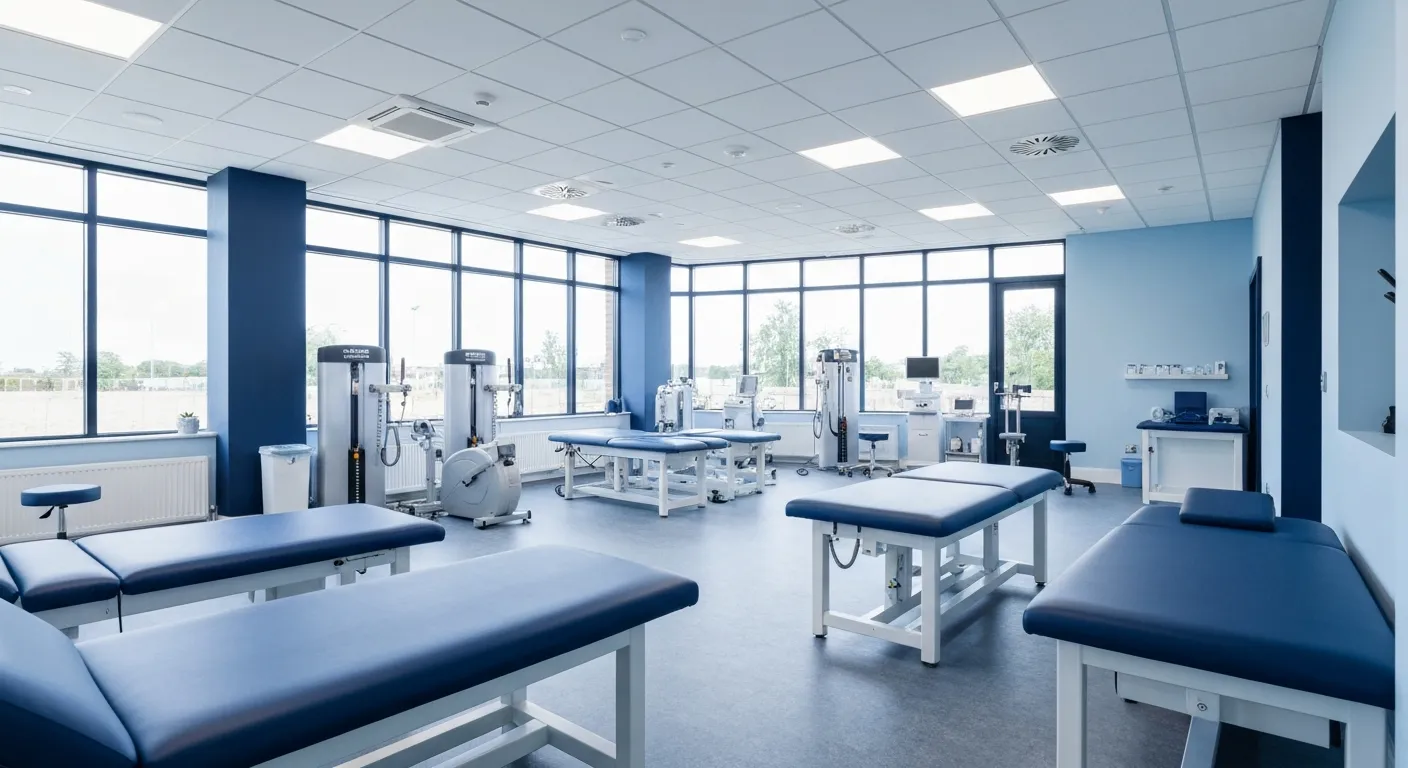
How Physiotherapy Supports and Enhances Chiropractic Treatment
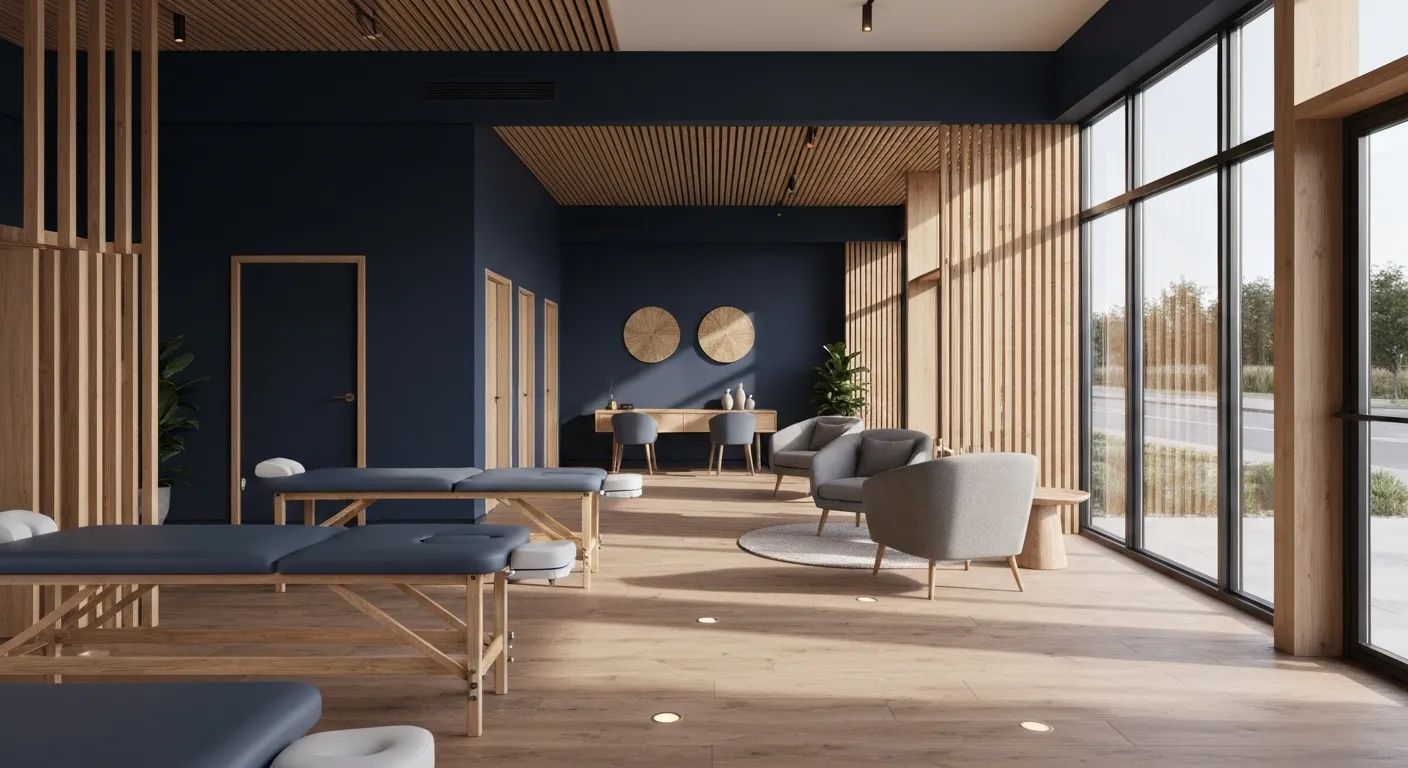
Root Cause Versus Symptom Treatment: Making the Right Choice

7 Essential Things to Know Before Choosing Your Chiropractor
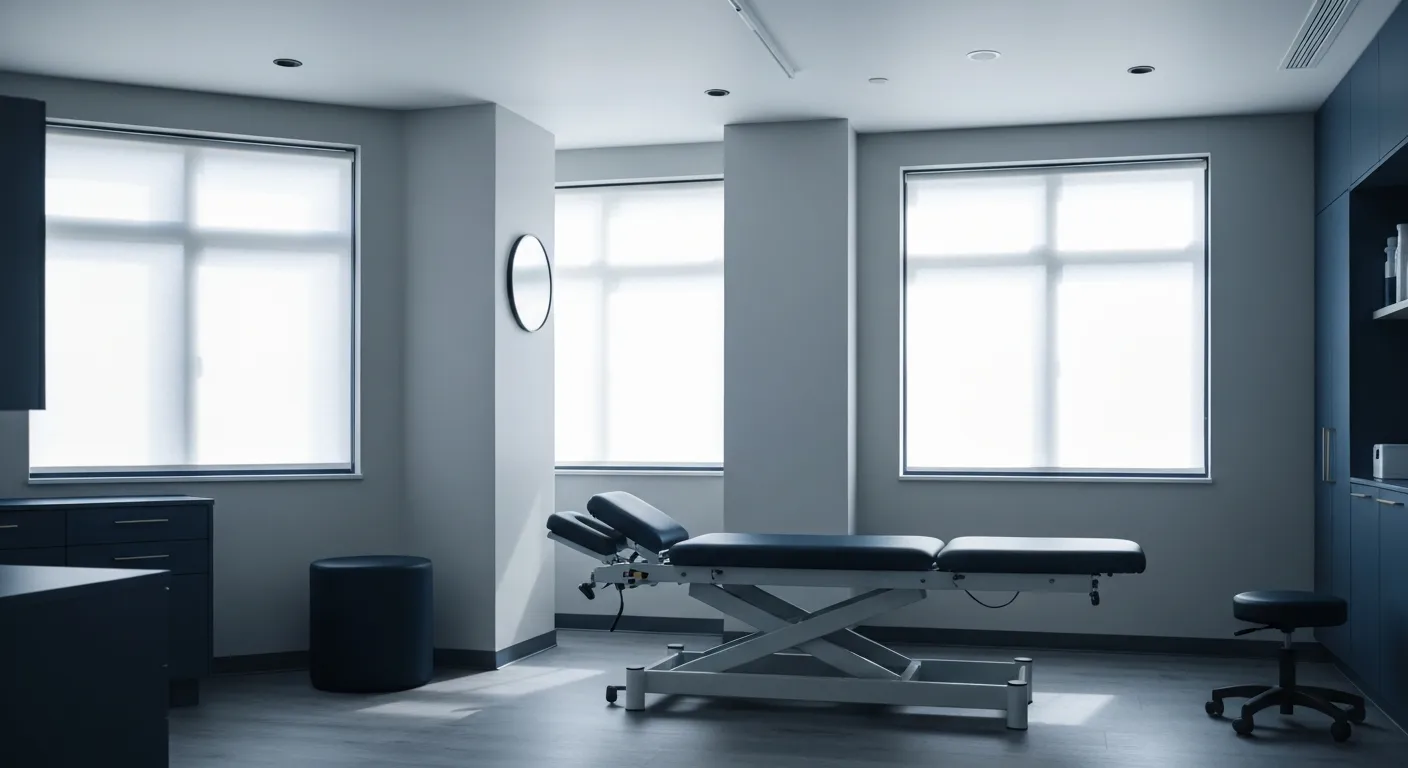
Why Addressing Root Causes of Pain Matters More Than Just Symptoms

Nutritional Counseling Strategies to Boost Your Overall Wellness

How Spinal Decompression Therapy Alleviates Sciatic Nerve Pain
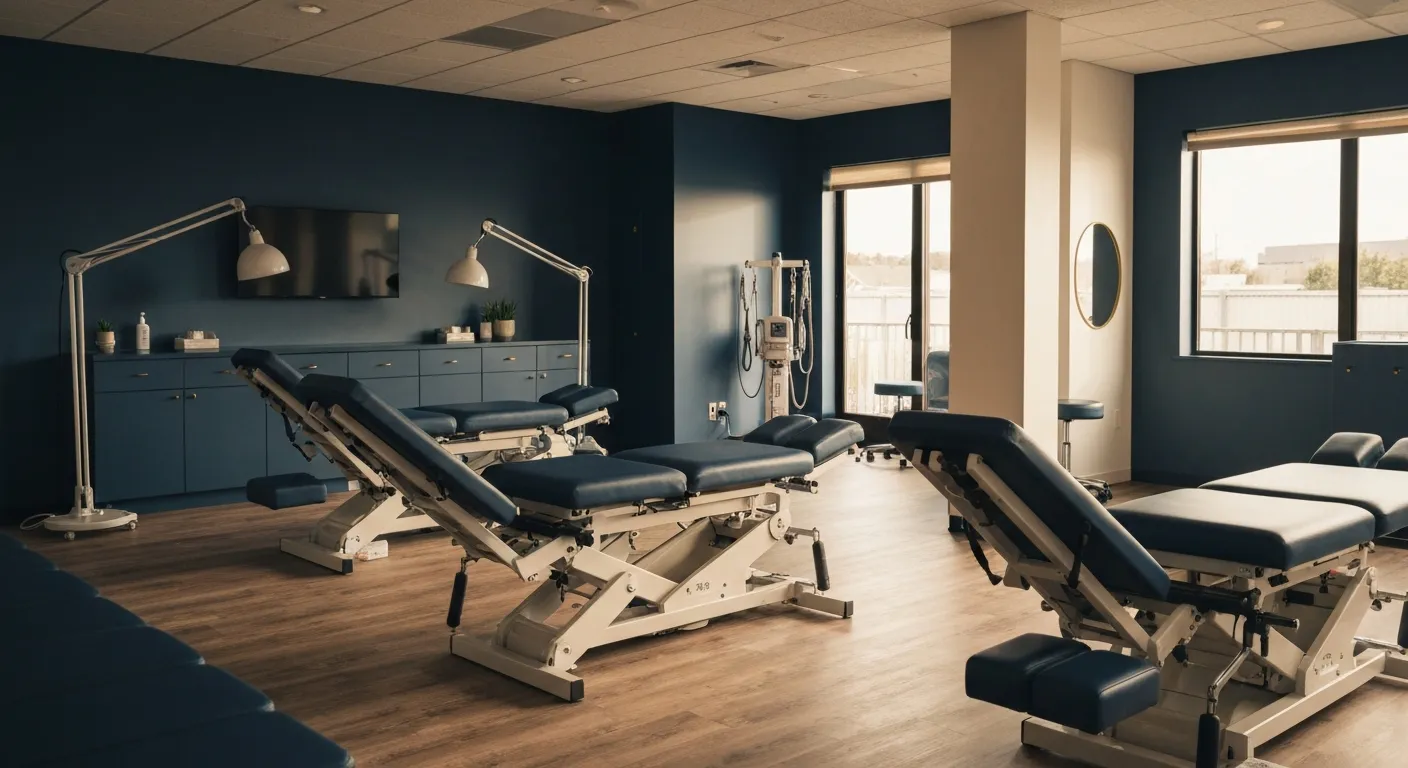
Long-Term Pain Relief Through Targeted Corrective Exercises

10 Benefits of Integrating Physiotherapy with Chiropractic Treatments

Corrective Exercises That Help Prevent Recurring Pain

8 Corrective Exercises Proven for Lasting Pain Relief

Lifestyle Habits for Maintaining a Healthy Spine
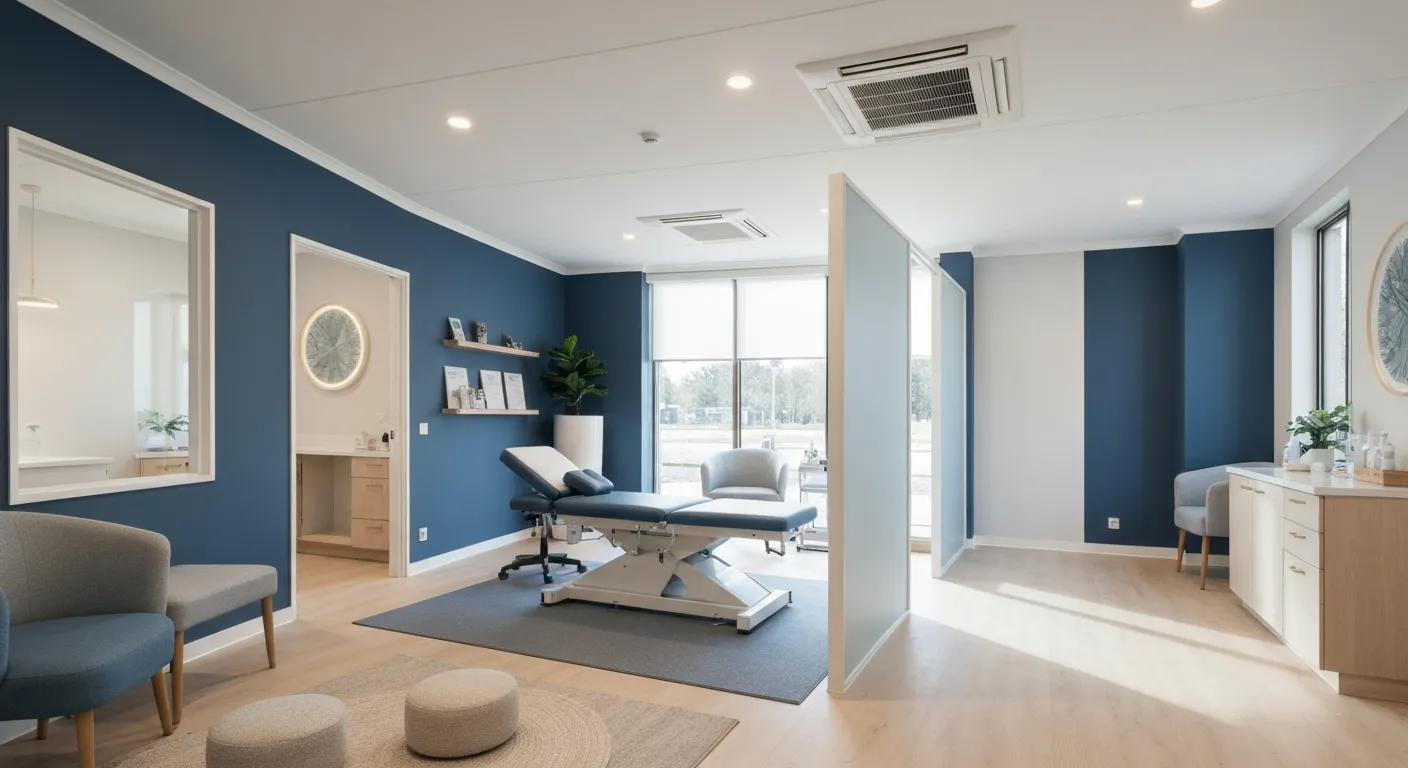
What You Will Experience at Your Initial Chiropractic Visit
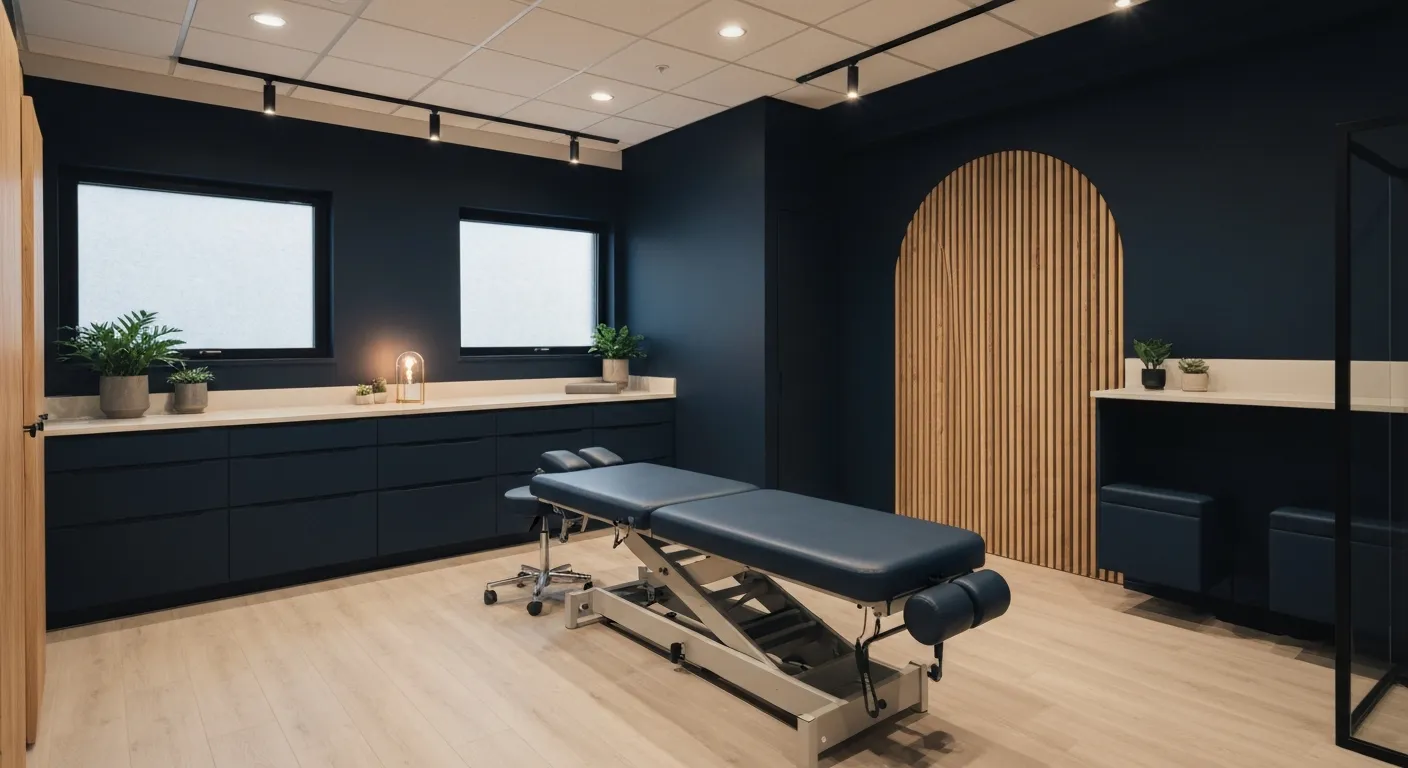
What Happens at Your First Visit to a Chiropractor?
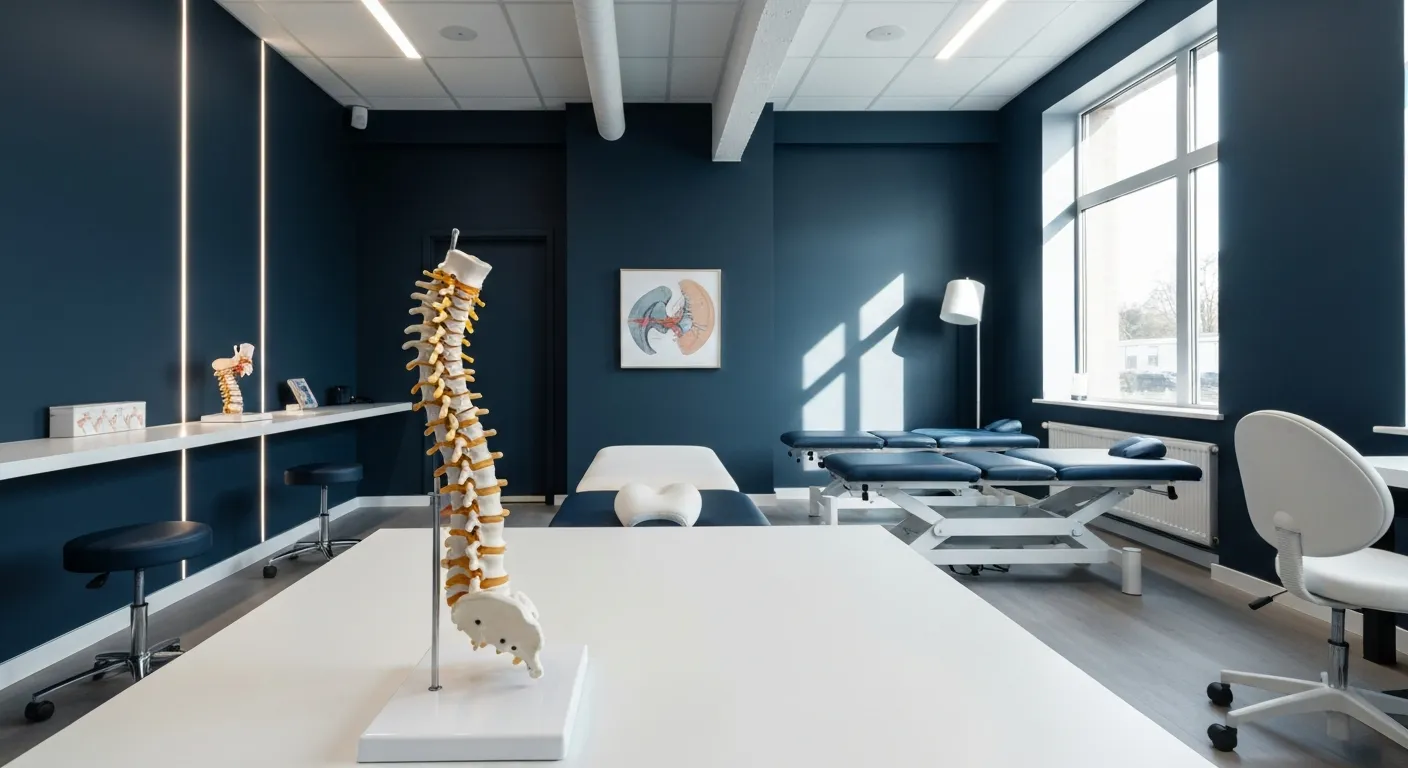
Focusing on Root Cause Analysis for Effective Pain Relief
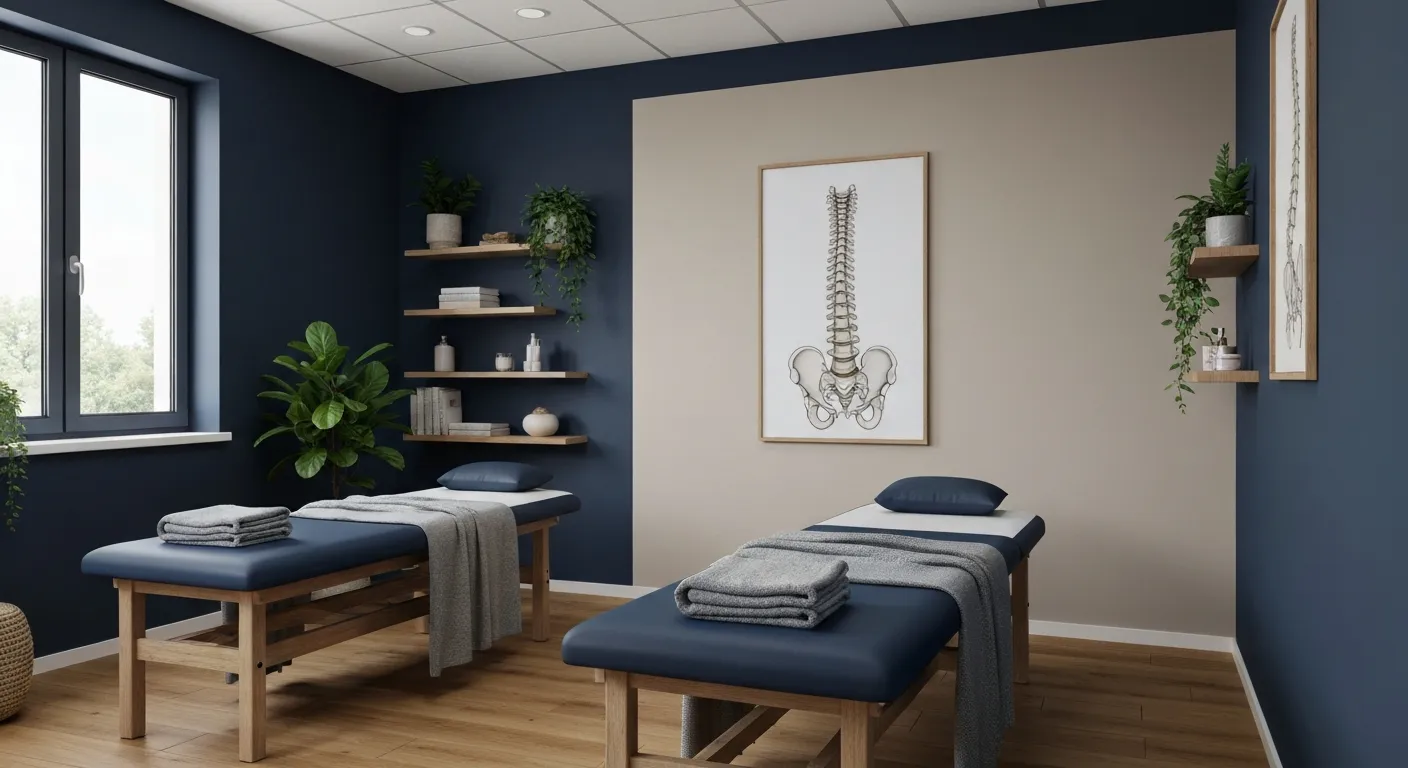
Tips for Lifestyle Changes to Support Spinal Health

Holistic Treatment Plans: Alternatives to Surgery for Chronic Pain

Enhance Wellness Through Personalized Nutritional Counseling

Non-Invasive Pain Relief: Exploring Holistic Treatment Alternatives
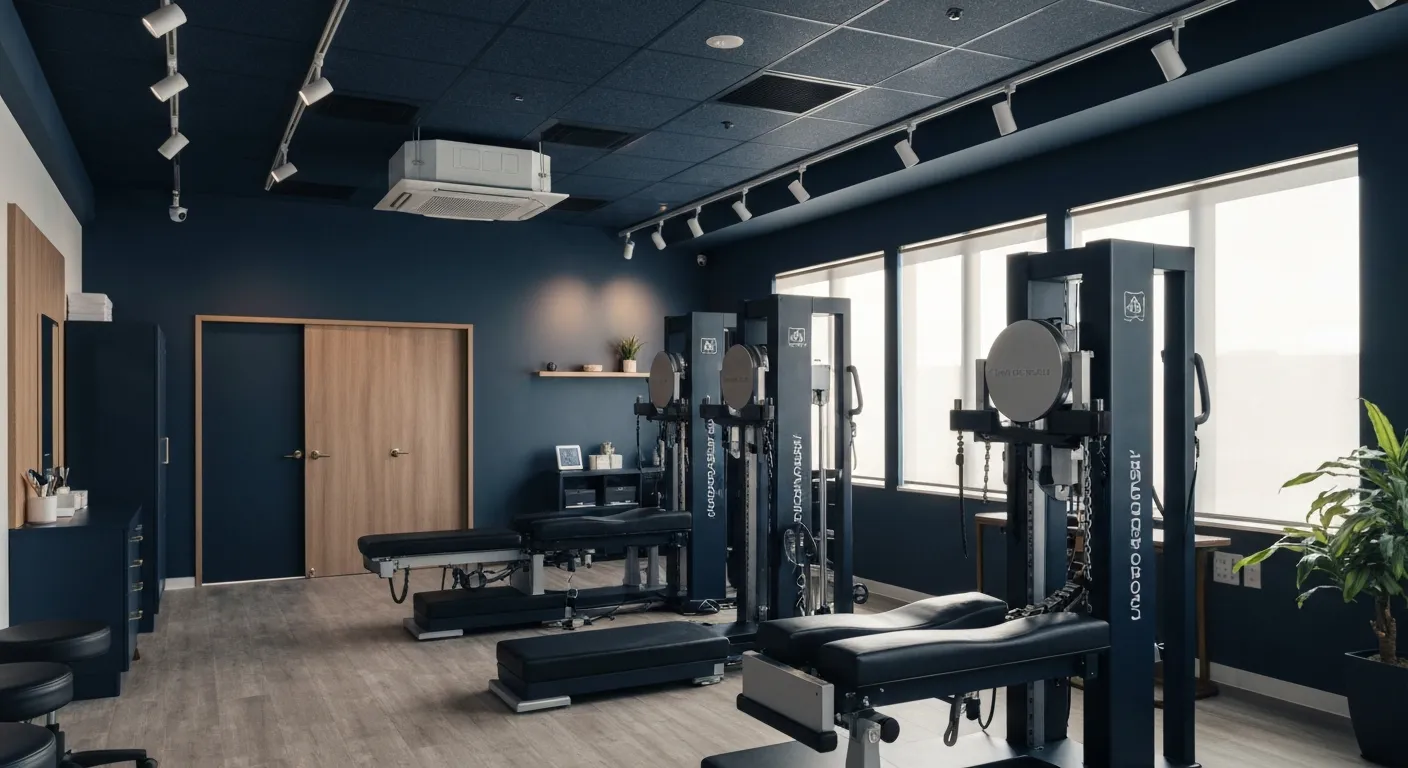
Sciatica Relief Through Targeted Spinal Decompression

Integrating Physiotherapy with Chiropractic Treatments for Better Results

Testimonials That Demonstrate the Benefits of Chiropractic Care

The Power of Corrective Exercises in Pain Management

A Step-by-Step Guide to Your Initial Chiropractic Consultation

9 Nutritional Tips to Enhance Your Chiropractic Wellness Journey

Patient Experiences: How Chiropractic Care Changed Their Lives

Lifestyle Recommendations to Keep Your Spine in Top Shape

Effective Corrective Exercises for Long-Term Pain Relief

Back Pain Benefits: What Chiropractic Care Can Do for You

Spinal Decompression Techniques for Effective Sciatica Relief

Top Nutritional Counseling Tips for Enhanced Wellness

6 Lifestyle Habits That Boost Spine Health Daily
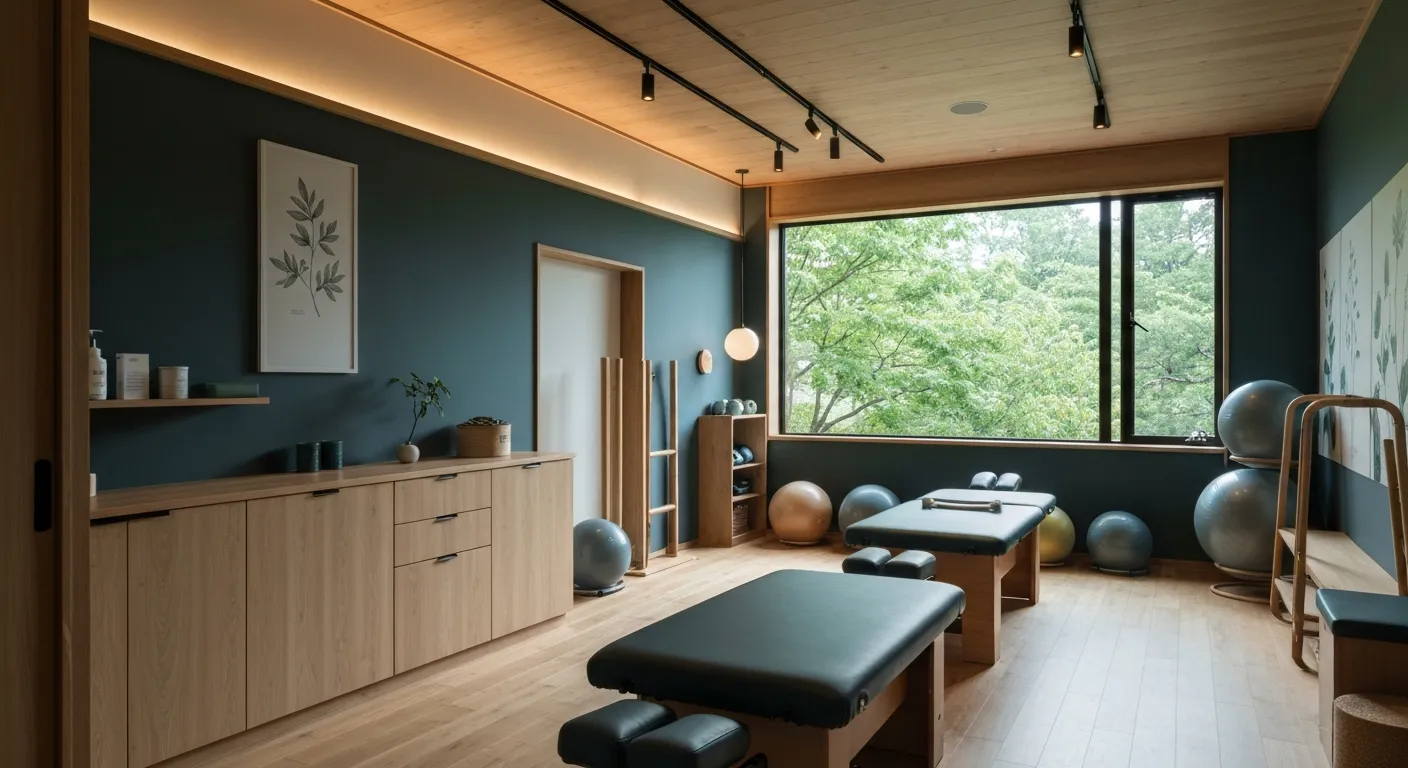
Discover Holistic and Non-Surgical Pain Relief Solutions

Exploring Holistic and Non-Surgical Treatment Options for Pain
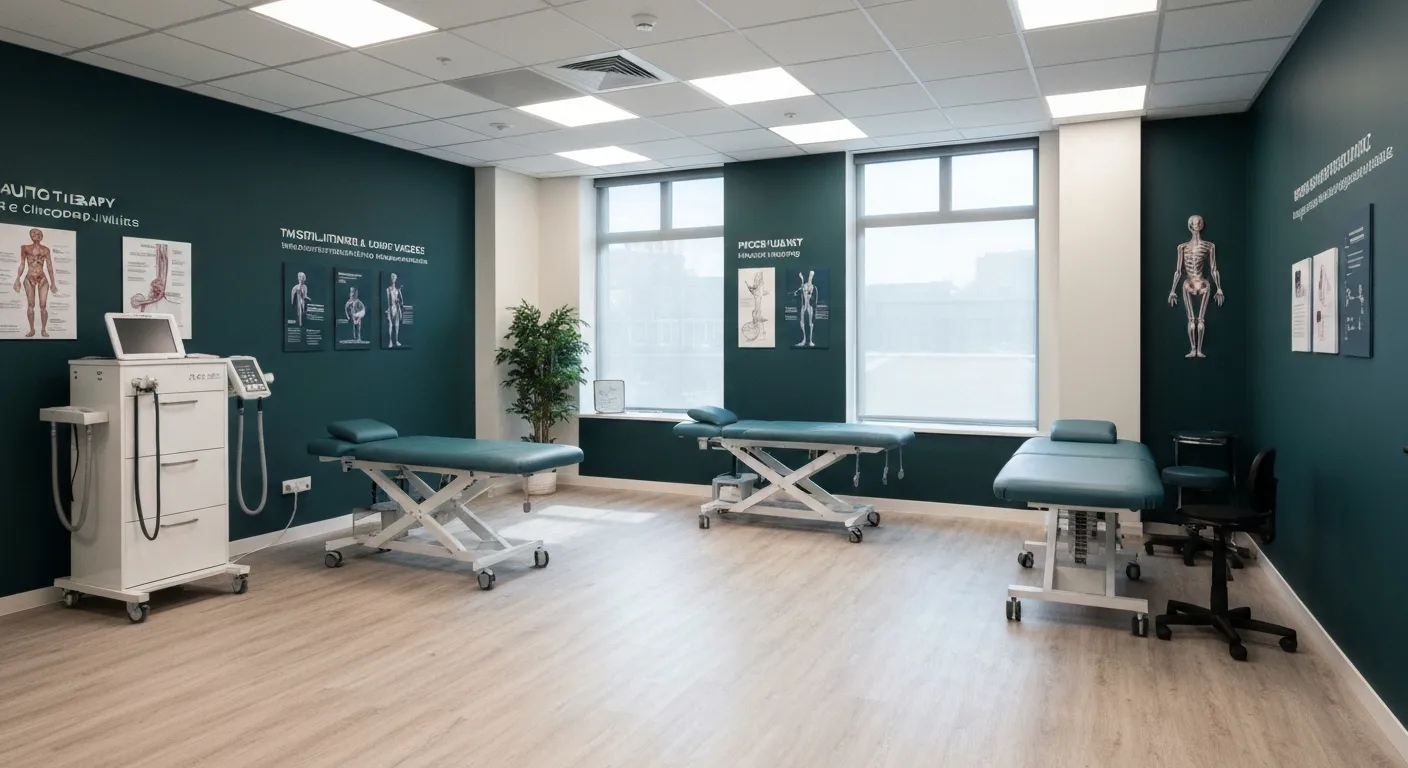
The Role of Physiotherapy in Enhancing Chiropractic Care Outcomes

Complementing Chiropractic Care with Physiotherapy: What You Need to Know

What to Expect During Your First Chiropractic Visit
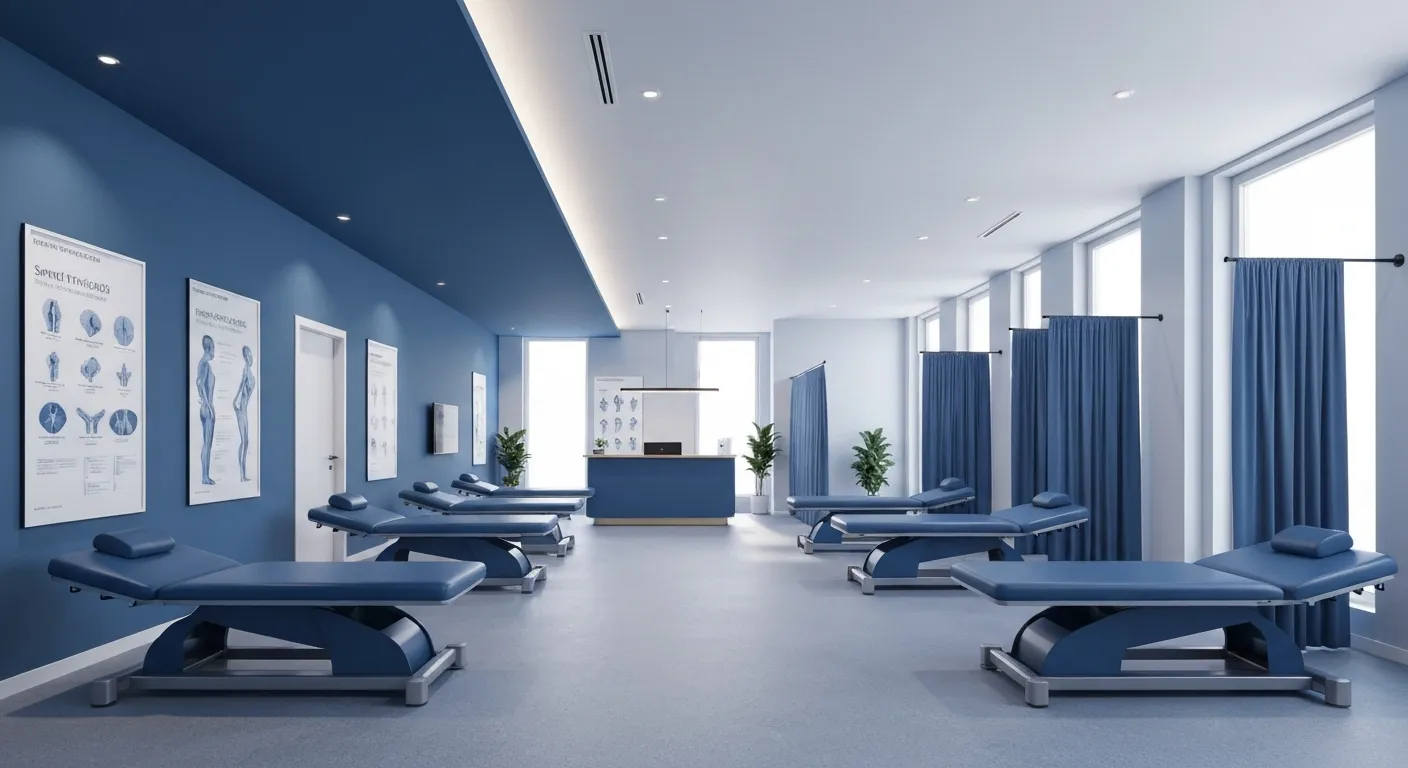
Simple Lifestyle Adjustments to Maintain a Healthy Spine

Personalized Nutritional Counseling for Improved Health Outcomes

Exploring Non-Surgical Treatments for Spine-Related Conditions

An Introduction to Spinal Decompression for Sciatica Patients
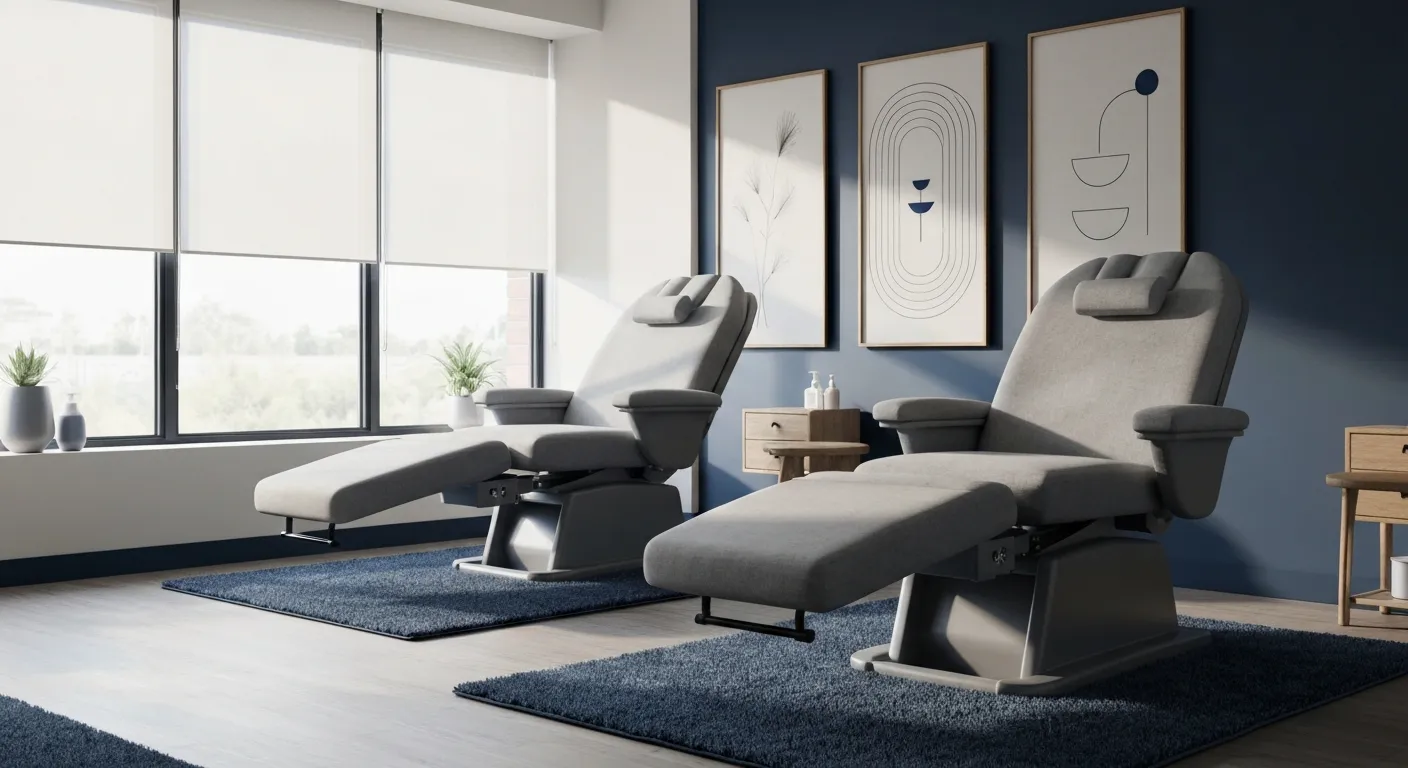
Transformative Success Stories: Patient Experiences with Chiropractic Treatments
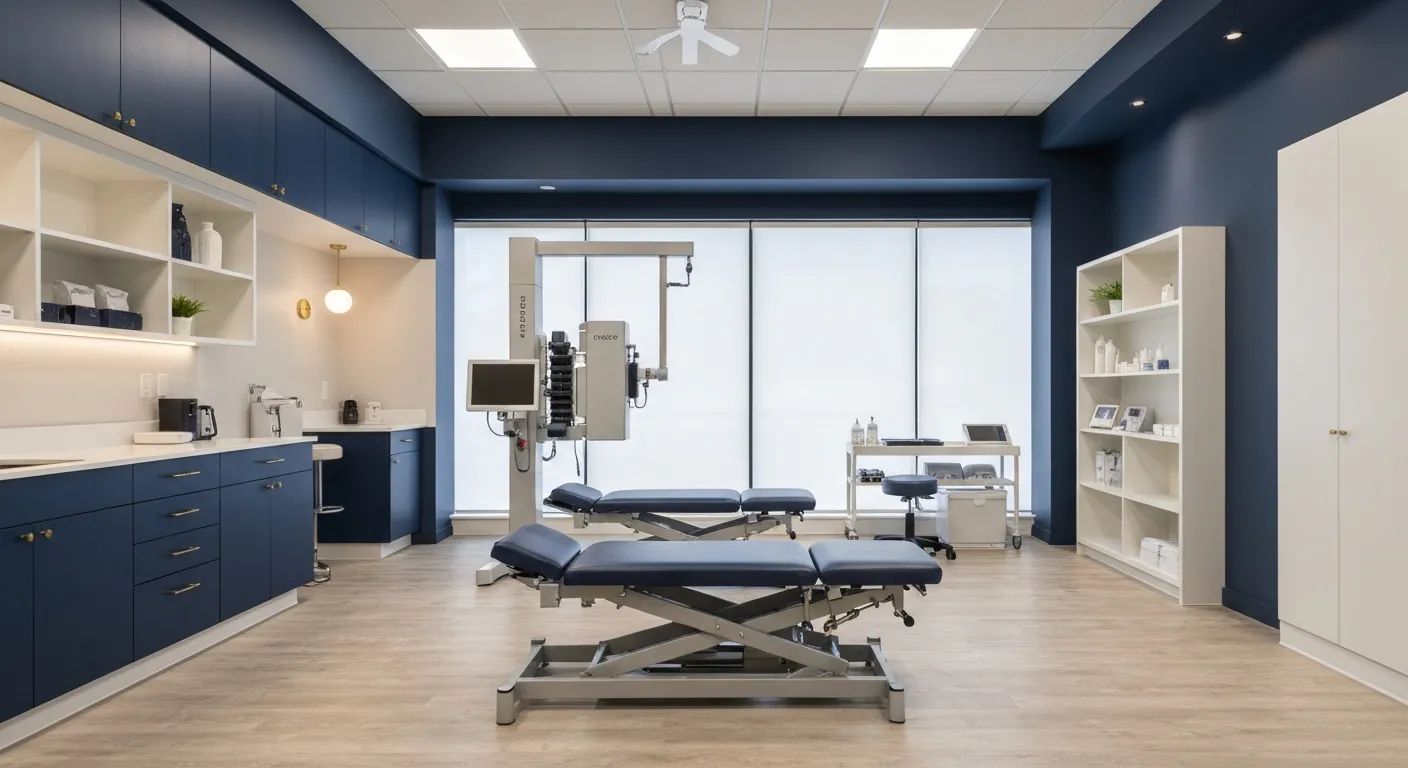
Why Chiropractic Care Is Essential for Back Pain Relief

Addressing Underlying Causes Versus Symptom Management in Pain Care

The Role of Nutrition in Enhancing Chiropractic Treatment Effectiveness
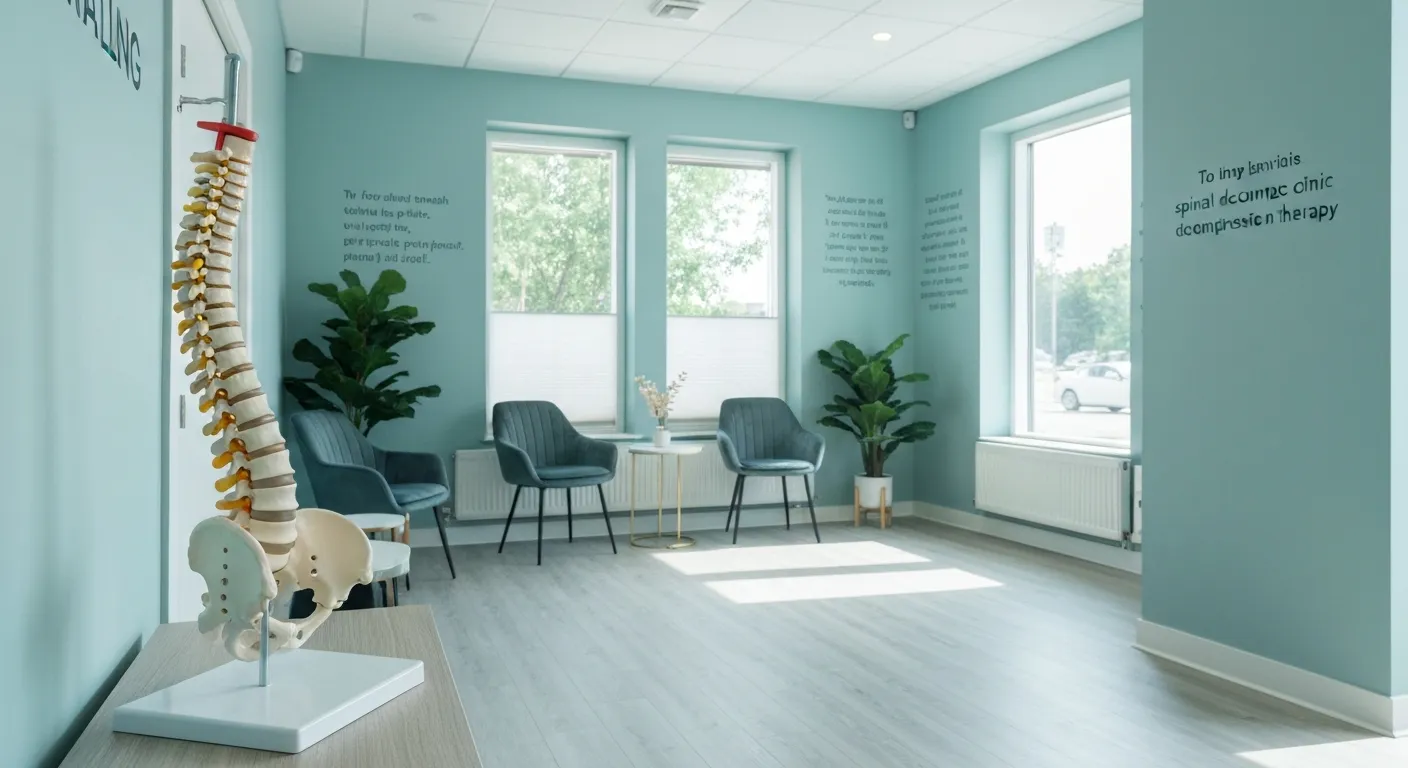
Sciatica Treatment Options: Is Spinal Decompression Right for You?

Lifestyle Tips to Maintain a Healthy Spine and Prevent Back Issues
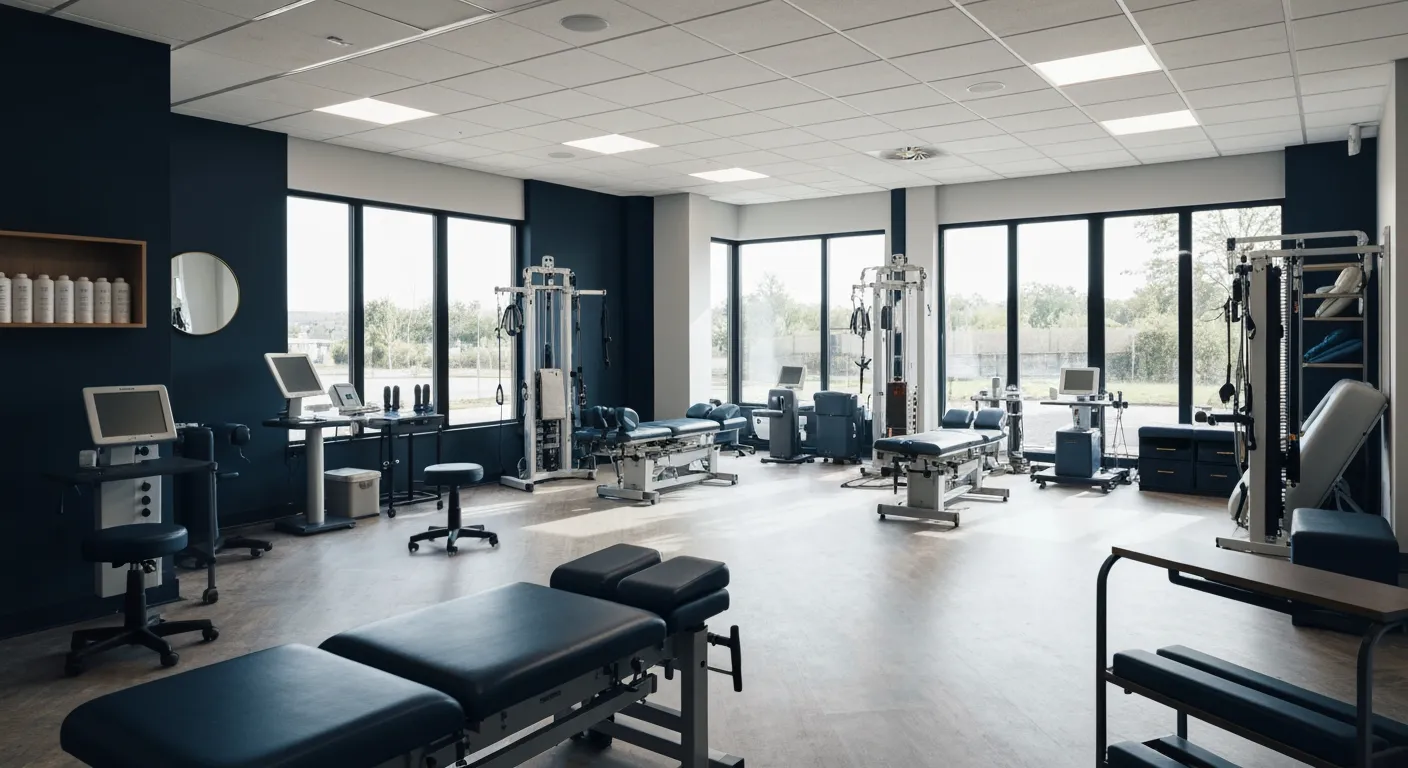
The Synergy Between Physiotherapy and Chiropractic Treatments

What Happens During Your Initial Chiropractic Consultation

Effective Corrective Exercises for Sustainable Pain Management

Taking a Root Cause Approach to Chronic Pain Management

Holistic Pain Management Techniques Without Surgery

How Patient Success Stories Validate Chiropractic Care Benefits

Spinal Decompression: Innovative Treatment for Sciatic Nerve Pain

Spinal Decompression Therapy: A Non-Invasive Approach to Sciatica Relief

Exploring Holistic Approaches Beyond Surgery for Pain Relief

Practical Lifestyle Advice to Support a Healthy Spine Every Day

Corrective Exercise Routines Designed for Long-Term Pain Prevention

Real Patient Stories: Overcoming Chronic Pain with Chiropractic Care

Lifestyle Changes That Promote a Healthy Spine and Prevent Injury

How Addressing the Root Cause of Pain Leads to Lasting Relief

Non-Surgical Holistic Therapies to Manage Chronic Pain Effectively

Nutritional Counseling's Impact on Physical Health and Healing

Benefits of Regular Chiropractic Care for a Stronger Back

Your First Chiropractic Visit: What to Expect and How to Prepare

Patient Experiences: How Chiropractic Care Transformed Their Lives

Exploring Holistic, Non-Surgical Options for Pain Management

Combining Physiotherapy with Chiropractic Treatments for Enhanced Recovery

Holistic Treatments That Offer Alternatives to Surgery for Pain Relief

Corrective Exercise Strategies for Long-Term Spine Health

How Physiotherapy Complements Chiropractic Adjustments for Better Outcomes

First-Time Chiropractic Visitors: What You Should Know

Understanding the Importance of Treating Pain at Its Source

Adopting Lifestyle Changes to Support Your Spine's Wellness

Utilizing Physiotherapy to Enhance Chiropractic Treatment Outcomes

The Key Advantages of Chiropractic Care for Back Pain Sufferers

Why Focusing on Root Causes Improves Pain Treatment Success

Corrective Exercises That Promote Lasting Pain Relief and Mobility

Sciatica Relief Through Targeted Spinal Decompression Techniques

Preparing for Your First Chiropractic Appointment with Confidence

Healthy Lifestyle Habits for Maintaining Spinal Alignment

Success Stories Highlighting Chiropractic's Role in Pain Recovery

Top Benefits of Chiropractic Care for Chronic Back Pain

Nutrition Tips to Boost Your Overall Wellness and Recovery

How Chiropractic Care Alleviates Back Pain Naturally

How Nutritional Counseling Supports Overall Wellness and Spine Health

Step-by-Step Guide to Your First Visit with a Chiropractor

Using Nutrition to Support Chiropractic and Overall Wellness

Integrating Physiotherapy in Your Chiropractic Healing Journey

How Physiotherapy Complements Chiropractic Adjustments for Faster Healing

Lifestyle Tips for Maintaining a Healthy Spine and Preventing Back Pain

Heartwarming Patient Testimonials Highlighting Chiropractic Success

How Proper Nutrition Supports Chiropractic and Physiotherapy Treatments

Combining Physiotherapy and Chiropractic Treatments for Optimal Recovery

Why Chiropractic Treatments Are Effective for Managing Back Pain

Choosing a Chiropractor: Tips for Finding a Trusted Provider

Integrating Physiotherapy and Chiropractic: Benefits and What to Expect

How Tailored Corrective Exercises Can Aid in Pain Management

Chiropractic Care: A Proven Solution for Alleviating Back Pain

What to Expect at Your First Chiropractic Visit: A Comprehensive Guide

